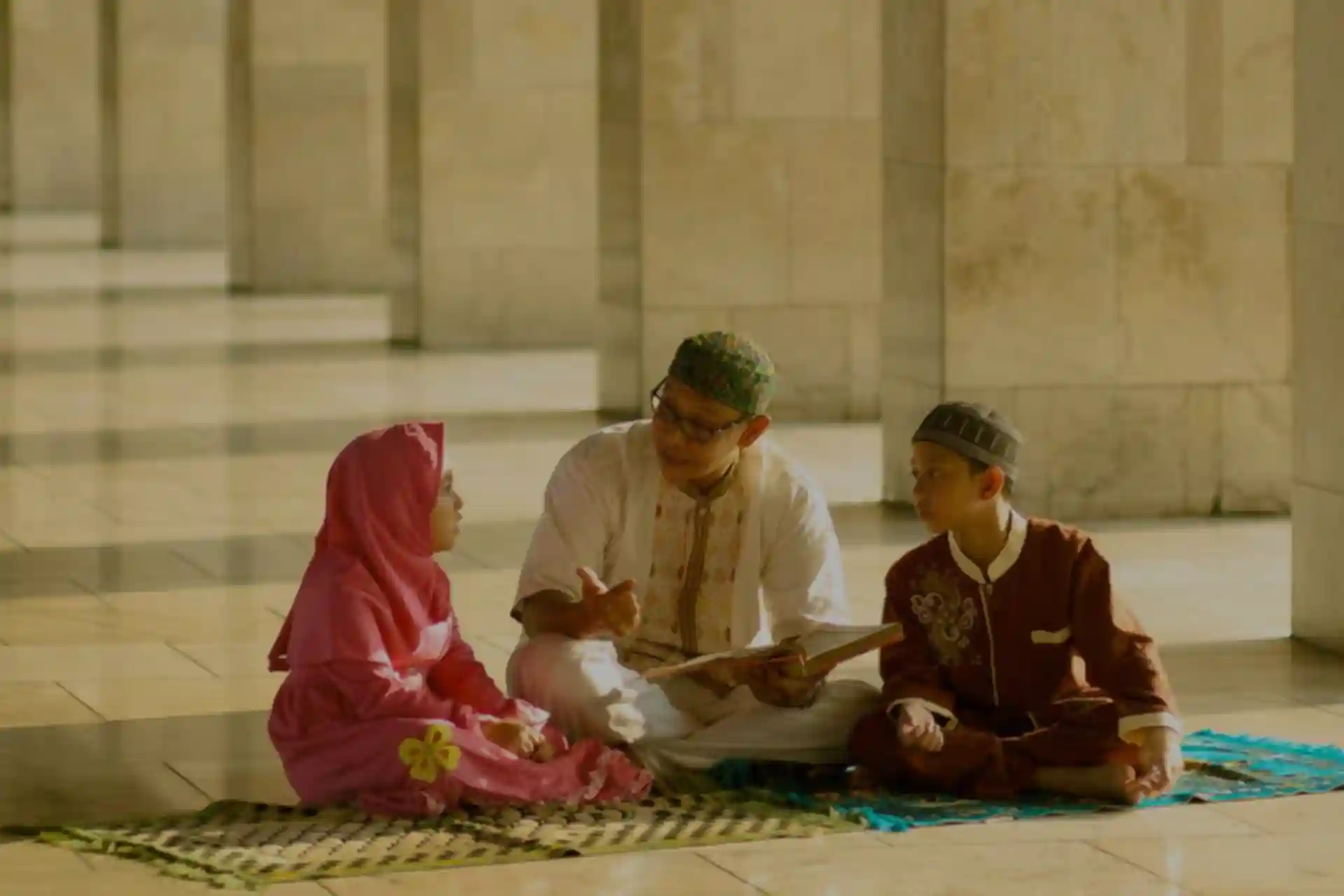22.11.2024 11:13
969
Where is the limit of creative freedom?
Are there limits to creative freedom, in what cases can creative freedom be limited, what does international law say about it? Are some not promoting terrorism, LGBT, racism under the pretext of freedom of creativity?
Cultural rights are one of the fundamental rights in the human rights system.
This right is also emphasized in the Constitution of the Republic of Uzbekistan, including Article 53: "Everyone is guaranteed freedom of scientific, technical and artistic creativity, the right to use cultural achievements. Intellectual property is protected by law. The state takes care of the cultural, scientific and technical development of the society. It is recognized that freedom of creativity (that is, cultural rights) is guaranteed.
Let's answer the question of what freedom of creativity covers. So, freedom of creativity includes literature, visual arts, scientific, technical, art and other types.
Limiting the freedom of creativity itself, prohibiting it is definitely against the norms of international and public law.
But in practice, we can see that there are limits to the use of unlimited rights in each society. For example, in France, the "Declaration of the Rights of Man and the Citizen" dated August 26, 1798 stated freedom of thought, speech and the press as inalienable and sacred human rights, and it was written that they are given the right to create while protecting the rights of other persons under the threat of "responsibility". Or, according to Article 100 of the current Constitution of Norway, "Freedom of the press and creativity shall be ensured. No one shall be punished for any act of disobedience to laws, disrespect for religion, morals or constitutional authority and opposition to their norms, regardless of the content, and no one shall be accused of falsehood or defamation." The point we can understand from this is that the problems of setting the limits of freedom on the one hand, and allowing it to be limited on the other hand, exist in every society.
In general, the guarantee of cultural rights (freedom of creativity) in international law is Article 19, Part 2 of the International Covenant on Civil and Political Rights of December 19, 1966, which states: "Everyone has the right to freely express his opinion; this right includes the freedom to seek, receive and impart various information and ideas regardless of national boundaries, whether in writing or through the press or in artistic forms of expression or in any other way at one's discretion", although part 3 of the same article states that "This The use of the rights provided for in paragraph 2 of the article imposes special obligations and special responsibilities. Such use may be subject to certain restrictions, but these restrictions must be established by law and necessary to: a) respect the rights and reputation of others; b) for the protection of state security, public order, public health or morals" clearly demarcating points of these rights are defined.
If we pay attention to these norms, we will learn that there is a limit to the freedom of creativity in law. Therefore, without knowing the law, without taking into account issues such as maintaining social order, protecting it, protecting the spiritual life of the population, especially young people, "Where is the freedom of creativity?! Why do we have censorship?! Creativity should be free?!" We call on such people to refrain from asking such questions.
Because morals of individuals and public order are among the first fundamental rights, rather than any creative right. This is where the limit starts.
Almost all scholars in the field of law emphasize that freedom of creativity, including freedom in art, can be limited in the following cases. These are
1. Protection of rights and honor of other persons.
Creative activity should not violate the rights or honor of others. For example, spreading false or harmful information about others on the basis of slander, harming their honor and dignity. Creating and distributing information that violates the privacy and privacy of others.
2. Protection of public order and safety.
If the creative activity causes disruption of public order or threat to security. For example, promoting violence: creative products that promote and/or incite violence, terrorism, LGBT, racism, hatred against a particular nationality, race, religion or other group.
3. Protection of national security.
In some cases, creative activities may threaten national security. For example, disclosure of state secrets or dissemination of information that harms security. Also, propaganda of ideologies that threaten state sovereignty.
4. Protection of moral standards.
Restrictions may be imposed if creative activity contains content that contradicts the moral norms of society, humiliates or insults people. For example, pornography, LGBT, creative products that are against the moral standards accepted in society and have the potential to have a morally harmful effect on people.
5. Protection of children.
Creative activity may be restricted, especially if it contains material that harms children or has a negative impact on their psychological development. For example, exploiting minors or distributing content inappropriate for their age.
These restrictions must be established in accordance with the principle of proportionality and based on the law. That is, the restriction of creative freedom should be in accordance with the necessary needs of society, and such restrictions should be really necessary for the general interests of society.
At the same time, caution should always be exercised in restricting creative freedom, not resulting in excessive censorship or restrictions on freedom of expression. Such restrictions should be limited only in the above cases and aimed at protecting the interests of society.
To sum up, cultural rights, especially freedom of creativity, are among the necessary forces that can be used to awaken any society, to strengthen its potential and ideological space, spiritual life, worldview, and even the spirit of patriotism. But preparing it and distributing it to the society against the above circumstances and public interest (not only through cinema, TV, radio, but through all social networks and internet platforms), this is not freedom of creativity, this is not creativity, this is a destructive idea, far from cultural rights, imprudence and content for entertainment purposes only. We have already considered that such content is not protected by international law or state laws. Therefore, we recommend that all mass media, journalists, creators, artists, weiners, bloggers, etc., first of all, monitor that your creative freedoms are purposeful, worthy of moral standards and serve the benefit of society, and also that they do not fall into the above situations. Good luck with your creations.



